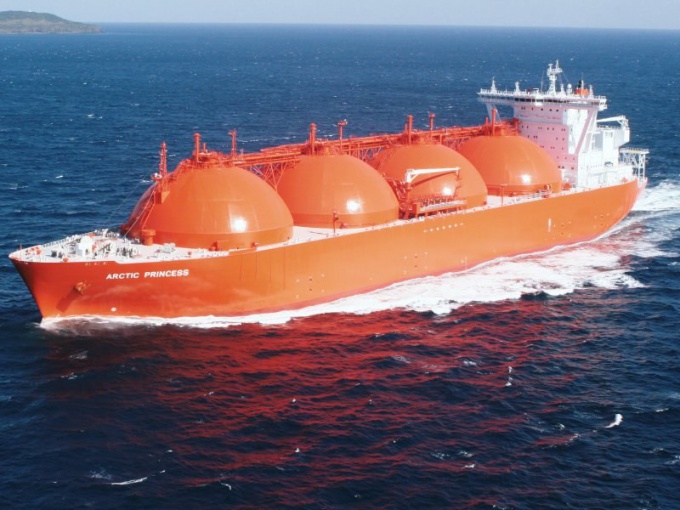Instruction
1
Before liquefaction of the hydrocarbon gasand it is necessary to pre-clean and remove water vapor. Carbon dioxide gas is removed using a three-stage molecular filter. The thus purified natural gas in small quantities is used as a regeneration. The recovered gas is either flared or used to generate electricity in power generators.
2
Drying occurs with the help of 3 molecular sieves. One filter absorbs water vapor. Another dry gas, which is then heated and passes through the third filter. To lower the temperature of the gas is passed through a water cooler.
3
After cleaning and drying natural gasand starts the process of liquefaction, which is carried out sequentially in stages. Natural gas at every stage of liquefaction is sealed from 5 to 12 times, then cooled and transferred to another stage. At the completion of the last stage of compression with cooling is actually liquefaction of natural gas. The volume is reduced approximately 600 times.
4
To receive liquefied natural gas in several ways: replacement, nitric way, mixed, etc. While replacement method at GDS receive liquefied natural gas, using the energy of the pressure drop. The advantages of this method include low energy consumption and investment. But the downside is the low efficiency of liquefaction, the dependence of stable pressure, inflexible production.
5
Nitrogen method involves the production of liquefied petroleum gasand any gasoriented sources. The advantages of this method include simplicity of technology, high security, flexibility, ease and low cost of operation. Limitations of this method is the need of source of electricity and high capital costs.
6
In the mixed mode of production of liquefied natural gasas refrigerant, a mixture of nitrogen and methane. Get gas from any sources. This method is flexible production cycle and small variable costs of production. When compared with nitrogen liquefaction method, here the capital costs are more significant. Also need a source of electricity.
